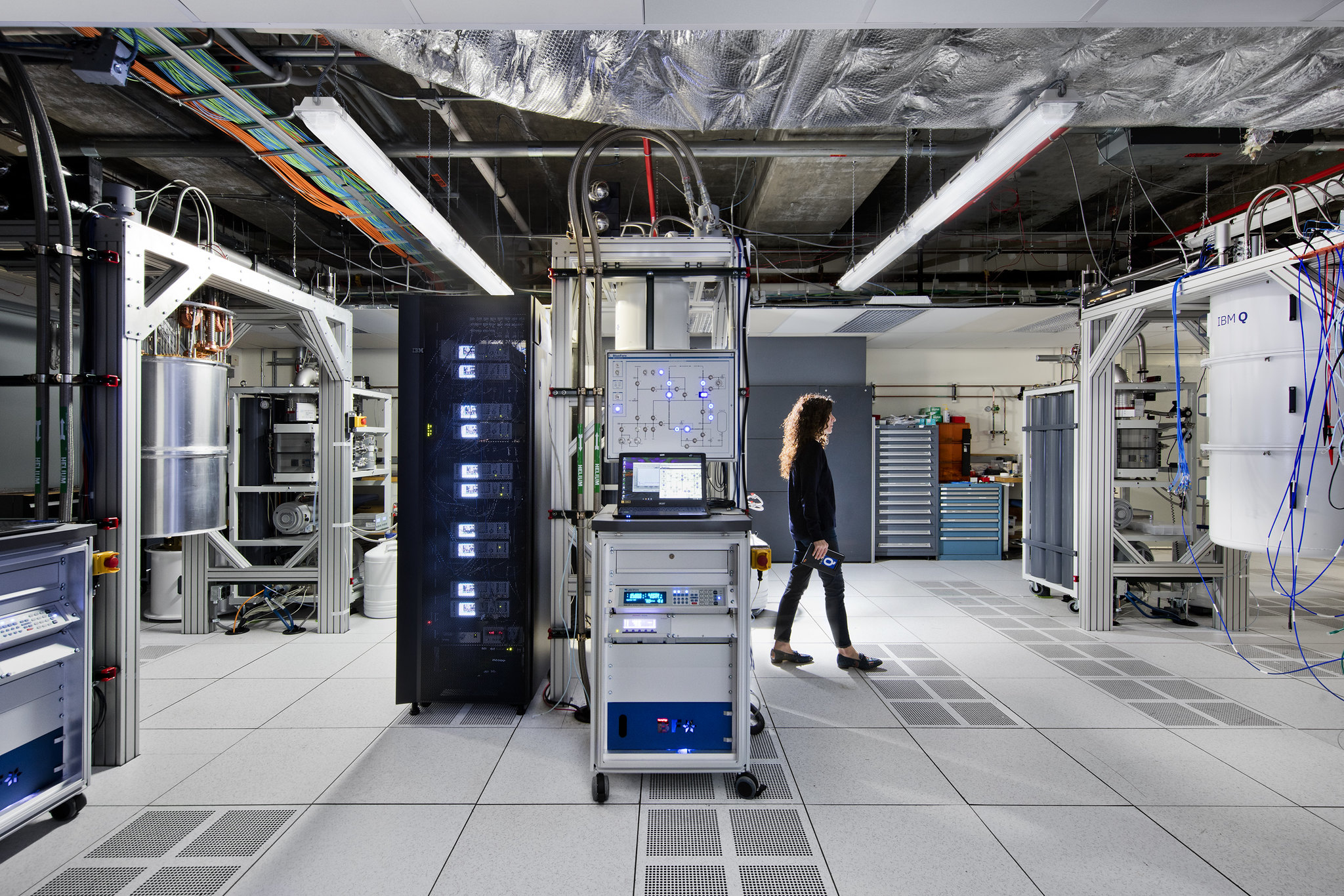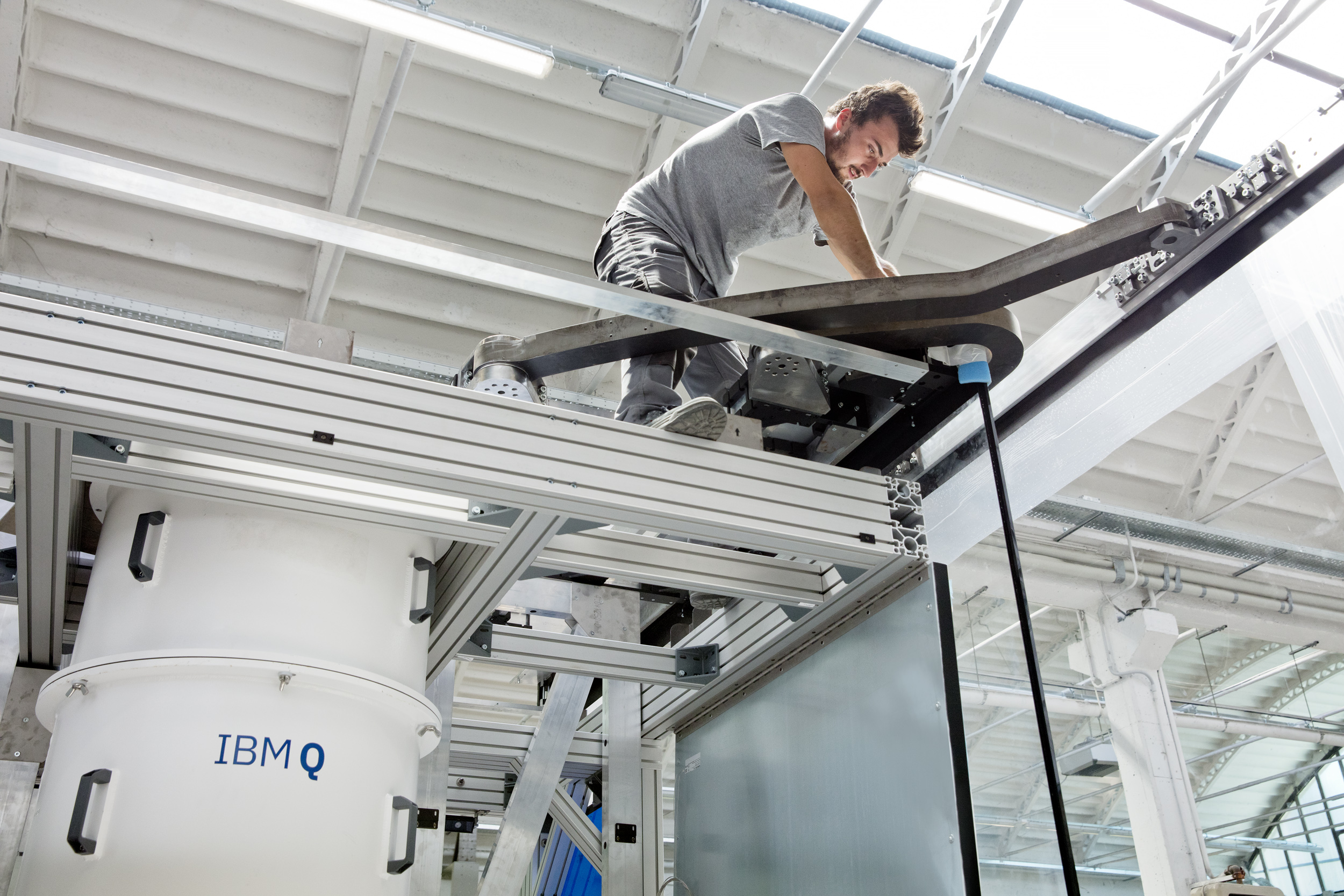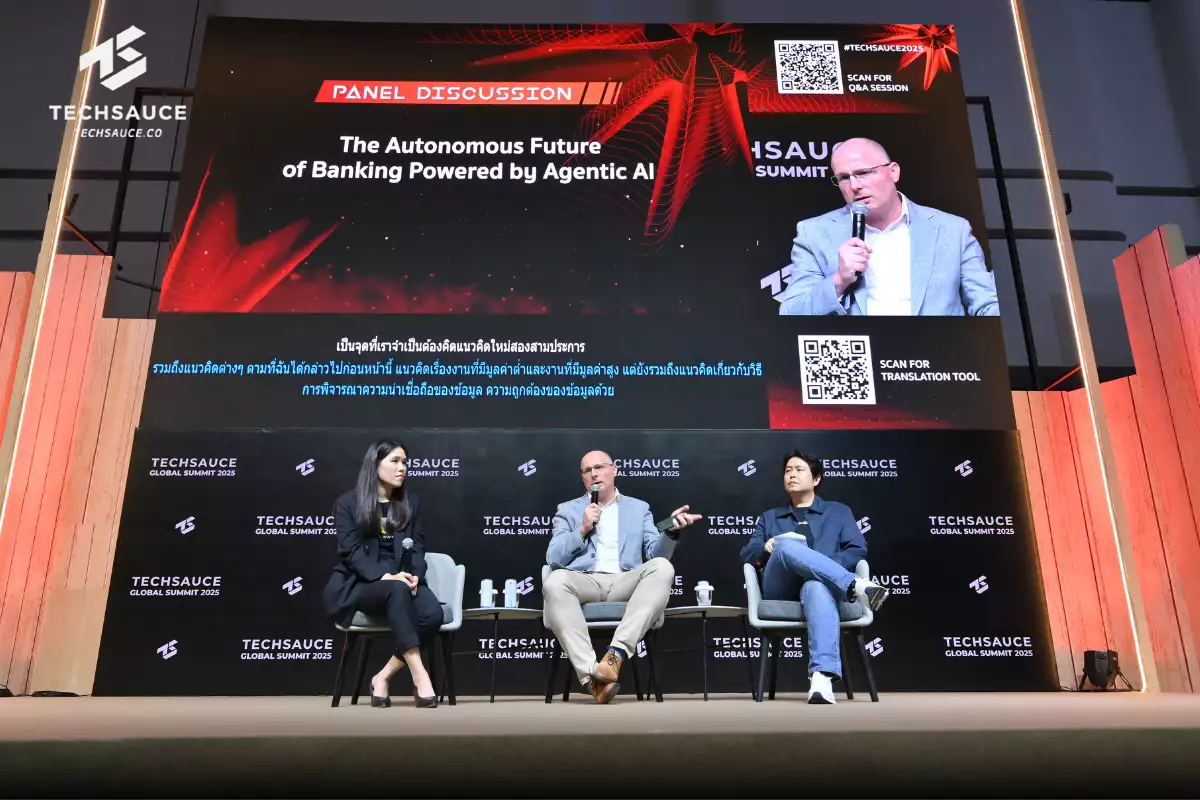IBM on what it takes to have the quantum advantage
 Lead: IBM quantum mechanics guru Robert Loredo tells Techsauce Media what it will take for the mass market to have the quantum advantage with quantum computing.
Lead: IBM quantum mechanics guru Robert Loredo tells Techsauce Media what it will take for the mass market to have the quantum advantage with quantum computing.
 Recently Techsauce Media was given the opportunity to interview IBM Quantum Ambassador and Master Inventor Robert Loredo. Since 2004, Robert Loredo has been working at IBM, specializing in quantum mechanics. In this interview, he provides insights, definition, and studies about quantum computing.
Recently Techsauce Media was given the opportunity to interview IBM Quantum Ambassador and Master Inventor Robert Loredo. Since 2004, Robert Loredo has been working at IBM, specializing in quantum mechanics. In this interview, he provides insights, definition, and studies about quantum computing.
What is quantum computing?
Robert Loredo: Classic computers work in a binary format – where they work with 0’s or 1’s. You can run it and process the information and you can run storage on them, where you store the data and then you can read the data again. Quantum computers are different because they use something call quantum bits aka cubits, versus what classic computers use, bits. In quantum computers we work with 0’s, 1’s or both. So, with the fact that we have a much more different combinations, we can run much more complications. To give you an example of that, if we want to run 50 cubits, we can represent over 1 quadrillion data value simultaneously. If we have 300 cubits, we can represent more values than that of the atoms in the universe.
Quantum computers are not a replacement for classical computers, they basically compliment the traditional system by being able to solve more interacted problems that would generally blow up a classic computer because it requires too much computation powers
What are the key drivers for mass market adoption of quantum computing?
Robert Loredo: There are different ways of being able to leverage the information with the computation power. One example is with chemistry, where we have a partnership right now with Xzone Mobo. They are looking to use it at the energy scale. We are also working with Diamern where they want to be able to come up with better vehicles batteries in order to get electric vehicles and optimize logistics. JP Morgan Chase for example is looking for optimization to analyze financial risk and portfolio management. There are different usage cases. There is no specific one.
It varies. Ultimately, it boils down to what kind of problem you want to try to solve, that are limited by the classic computers.
So, one example is JP Morgan Chase, where they want to find out their primitive pricing. So that’s a very complex financial instrument, which requires over 10,000 simulations on a classical computer system. But you’ll only need to use about 100 quantum computations/operations to have the same thing on the quantum device. So basically, that will help you elevate a lot of the process – you get a lot more power, you’ll get a lot more simulations, and you’ll get a lot more precision for your simulation and your result.
Who are the pioneers for quantum computing? For example, the US and China are experts in AI. What countries are experts in quantum computing?
Robert Loredo: We were the first company to release our cloud computing for free public use. We released it back in May of 2016 in the form of a 5-cubit machine. So, everyone that signed up had access to it. You can program on it, run an experiment on it, download or open source code, and you can program it to do things. Since then we have over a million experiments running on it and over 180 research papers written about quantum outside of IBM. And there’s a lot of different current partners we are working with right now including universities, that are looking to use the IBM cube to teach quantum computing. Both the universities as well as online services like MIT, Airdex, for example. So, there’s a lot of excitement in the sense of building up that ecosystem for quantum.
 What is your advice for in increasing talent in this field since this technology is very new in Thailand.
What is your advice for in increasing talent in this field since this technology is very new in Thailand.
Robert Loredo: Right now, we have an IBM q-experience website offering various ways for you to join and use the technology. One of the ways you can join is to sign up, register, get an account and you can start using and experimenting right away. We have an education page for people with little knowledge of quantum computing to learn about it. We have tutorials that explain it and give you some hands-on experience, so you can program and start using it and understanding it. We have tutorials specifically for advanced users as well, on subjects such as AI, Optimization, Finance, and Chemistry. We also have a large community that includes different contributors from around the world who contribute a lot of information by providing tutorials and research.
We also have the IBM q-network on the site. This is basically made up of different aspects of hubs such as universities where work is conducted in different teams and government organizations. Both the government and universities come up with ways to teach quantum computing and to have collaborations between people.
We have partners that are independent companies such as Diamern, JP Morgan Chase, and Xzone Mobo, that use the technology for specific use cases in their own industries. Then we have academics from institutions I mentioned earlier such as MIT and Airdex. They look for ways to teach universities in Taiwan for example. We have a hub for startups where companies talk about their own ideas. Whether is an algorithm or developing ways of software engineering that integrates with quantum computing, or hardware to implement, we have programs for all to join on board.
Can you share with us the Thai companies that are working with IBM on this project?
Robert Loredo: Right now, from my knowledge I just met with NECTEC. They are interested but I don’t think they are a part of the network yet. I don’t know of any Thai companies that have joined IBM q-network, but that’s not to say that there probably isn’t as we might be looking into it as we speak.
What is the hardest challenge for companies that want to implement quantum computing?
Robert Loredo: Besides understanding the technology, along with our IBM q-experience site and the q-network, there’s a lot of enabled learning materials so learning it is one part of it. The other part is understanding it and being able to get the potential outcomes that it could offer. So right now, for example we have this machine, the 5,16,20-cubit machine, which is not at a very large scale. It is not large enough where we can use it and understand it in order to come put with leveraging knowledge. So, when we start building a large universal volt tolerance system, we can then start looking at larger problems that we probably have never thought about before due to the limitations of traditional computers.
Do you think startups have the chance to use quantum computing?
Robert Loredo: Right now, we have a large number of startups, at least 10 or more. We have a large number of startups we work with within the IBM q-network. We have Sakata, q-control – these are companies that work with us and look at using quantum computing to come up with software engineering pieces, the algorithm. Proteinqure is looking at the medicine and healthcare division, Solid State AI. There are various startups working with us right now that are trying to become the leaders of quantum computing.

Any advice for big companies or startups that are interested/want to use this technology?
Robert Loredo: One advice that I would definitely recommend is to visit the IBM Q-experience site so that they can get up to speed on the quantum computing in general, not just programming, but on the real realism of where we are, what the potential is and in sense what kind of problem they want to solve. You know it’s easy to say, “Hey I have a used case, here’s a problem I think quantum can fix it.” The challenging or interesting step, I would say is saying, “Alright here is a problem. Here is a used case and here is how I think we can probably solve it by using this quantum.”
We might not have the machine available now because of the quantum volume or the size of the system but I could probably do something with the 5 cubit or 16-cubit machine that we have now. Sure, it’s in a smaller scale but eventually it will expand and scale them out to the larger system once they become available. That’s why you see a lot of research papers that are done now, that illustrate the quantum advantage at some point, from a small scale but can be easily scaled out once we get to the larger universal volt tolerance system.
Can you predict how long will it take for quantum computing to be accessible to the mass market?
Robert Loredo: The way we factor it out is divided into 3 arrows. The first arrow is the quantum foundation that started out in the 1920s. That’s when Einstein for example was involved. They came up with the theories and experiments that generally introduced quantum mechanics and quantum physics. So that let off to about 2016, where we get into the era of quantum ready phase. This came with the release of the 5-cubit machine on the cloud allowing us to access the machine which has two features: the superposition and the entanglement. There are 2 quantum mechanics principles that we used to generate this quantum algorithm. This is the “Quantum Ready” phase. The third phase, which is what you are asking about is called the Quantum Advantage phase.
Quantum advantage means I am able to demonstrate on a quantum computer something that is either physically impossible to build on a classical system or takes too much time to compute on a classical computer. But I am able to do that on a quantum system. So, if I am able to do that or demonstrate that advantage, then I can state that I am at the quantum advantage phase
That means I have proven that I can be doing something on the quantum computer that can’t be done on a classic computer, and I am able to solve a problem that I normally won’t be able to solve in our current system that we have. There is no specified date for when this phase will occur because for example, if I am working on a used case that is 100 cubits, it might not be applicable to your used case as it might require 1 million cubits.
So, when I say I have reached quantum advantage, that might not apply to your particular used case. So that’s why there isn’t a specified date, it’s more of a range of 5 to 10 years. It could event take longer depending on the particular problem you are trying to solve, and the requirements needed to solve it.
ลงทะเบียนเข้าสู่ระบบ เพื่ออ่านบทความฟรีไม่จำกัด






